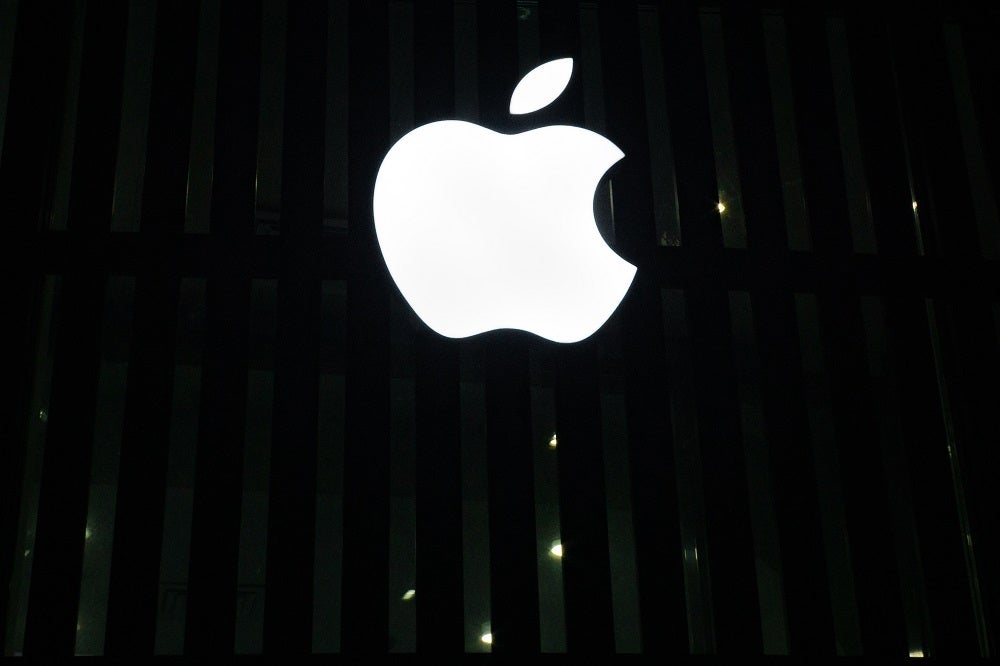
As tech giant Apple prepares to launch its virtual reality (VR) headset into the world in January 2023, here’s what we can predict for Apple’s VR entry.
Headset is going to be pricey
Apple is famously guarded about its product launches and most details, even leaked ones, are predictions at best. Apple’s VR headset is expected to be a standalone, high-end device running on Apple’s RealityOS and costing approximately $3,000. The headset is expected to combine elements of both VR and AR, giving it an edge over Meta’s Oculus 2, which is VR-only.
It will very likely come equipped with Apple’s new M2 chip and 16GB RAM, making it as powerful as the latest Macbook Pro. The headset will likely not be targeted to mainstream consumers but will be a niche device aimed at content creators, gamers, and developers.
FaceTime and Apple TV+ will be leveraged
In the works are supposed to be VR clients for the following: FaceTime with face-tracking driving Memoji avatars, Maps and spatial versions of Notes and Calendar. Apple has a history of first-rate user interfaces, and we can expect its VR clients to be just as good. And Apple rarely launches a product that is not on par with its standards.
Although the headset will be standalone (not tethered to a computer or gaming console), we can also expect to see some cross-device operability as Apple will play into its strength. Information leaks indicate that consumers will also be able to extend a MacBook’s display into the headset, allowing content creators to seamlessly move from one device to the next, a key Apple attribute that other multi-device OEMs in the non-iOS space have struggled to match.
Headset can trigger faster adoption of VR/AR tech
The Apple VR headset is designed to be used in brief spurts through the day with a focus on gaming, communication and content consumption, which is a smart move as VR headsets continue to be beset with hardware hiccups such as overheating and damage under sunlight, as well as use-fatigue, not the least of them being nausea with excess usage. Given Apple’s massive sticky customer base and a fruitful track record of entering new markets, Apple’s VR headset can trigger faster adoption of VR and augmented reality (AR) tech, which is key for the growth and adoption of the metaverse.
How well do you really know your competitors?
Access the most comprehensive Company Profiles on the market, powered by GlobalData. Save hours of research. Gain competitive edge.

Thank you!
Your download email will arrive shortly
Not ready to buy yet? Download a free sample
We are confident about the unique quality of our Company Profiles. However, we want you to make the most beneficial decision for your business, so we offer a free sample that you can download by submitting the below form
By GlobalDataApple’s future is AR
Apple’s real priority though is its AR glasses, expected to launch in 2024. AR wearables revenue is expected to hit more than $30 billion by 2030, according to GlobalData forecasts. Apple has been working on augmented reality for many years, with new features being added to its ARKit with each iteration.Unlike the standalone VR headset, the glasses will be tethered to the iPhone and sold as an accessory providing a “mobile-first, optical see-through” experience. Apple is also planning AR contact lenses for launch in 2030. The next ten years will see innovations in this segment from big tech companies, and AR will start to impact how we approach our lives in as unique a way as mobile phones have.



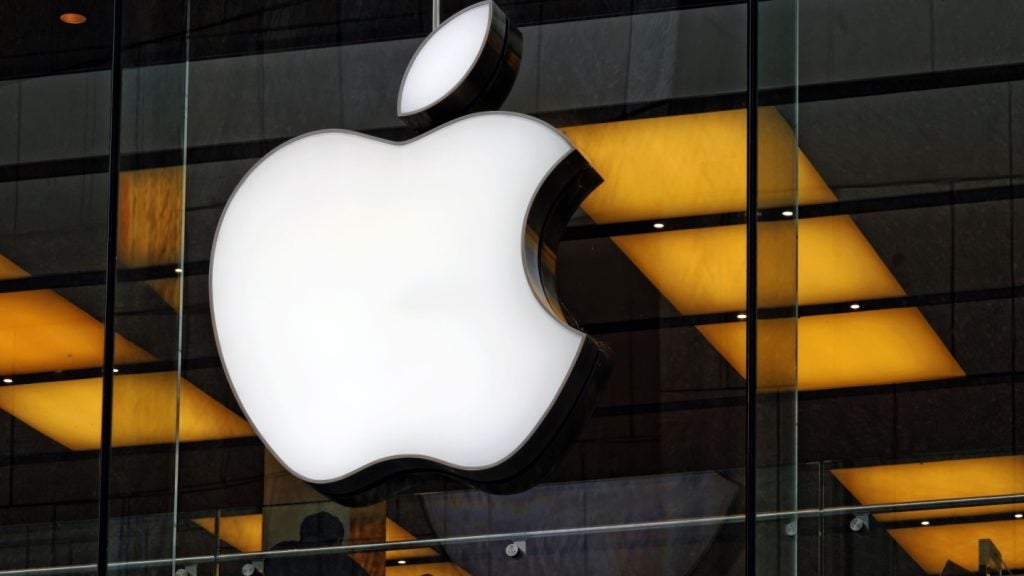
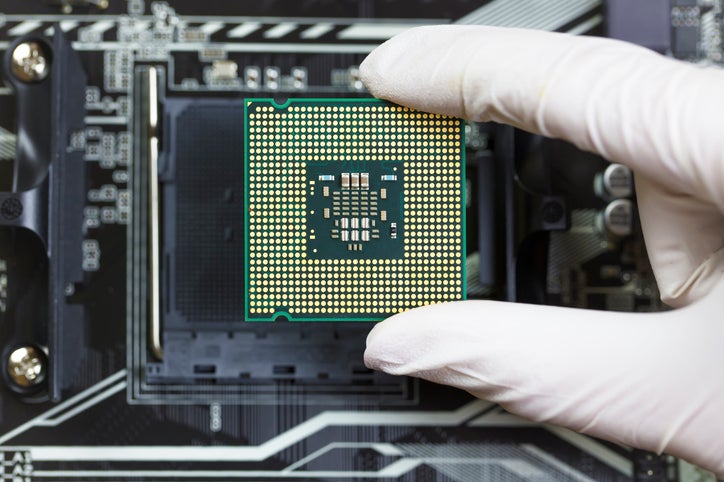
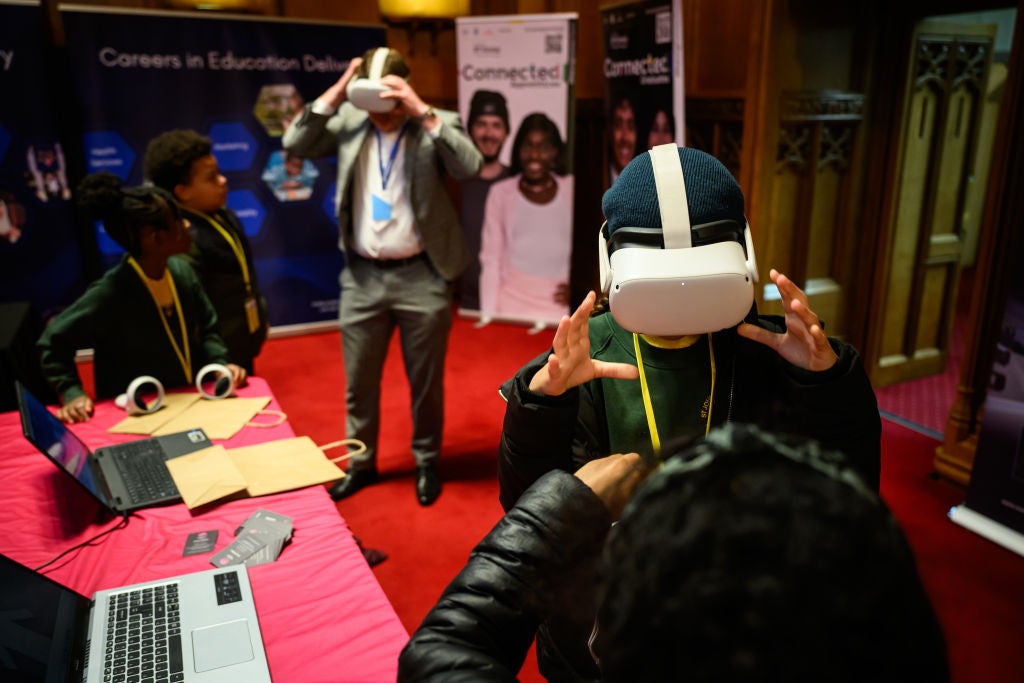
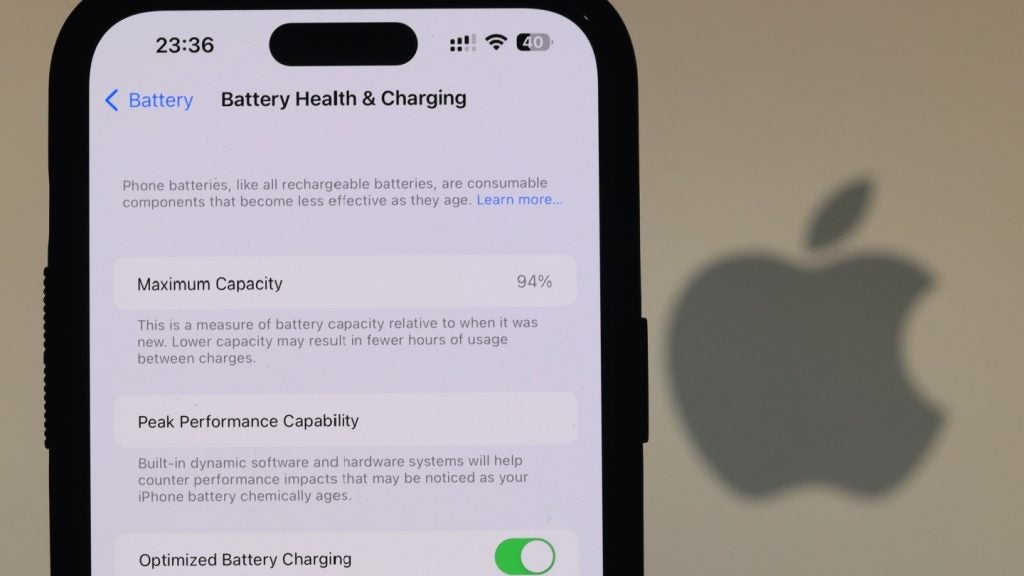

Related Company Profiles
Apple Inc